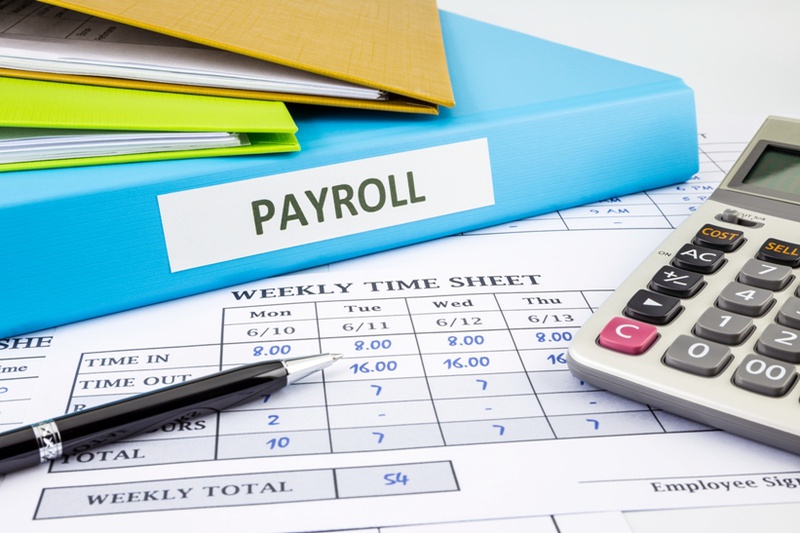As we head into the final few weeks of the 2021/22 tax year, and following last year’s Autumn Budget announcements and the news of the National Insurance rise that preceded it, what do those charged with payroll need to know, to start preparing for the new tax year on 6th April?
National Insurance (NI) changes
A new UK-wide 1.25% “Health and Social Care levy” will come in from April 2022, which will increase National Insurance contributions for employers and working age employees.
Employers will have to pay 15.05% NI on employee’s earning over £175 per week (£9,100 per year), and employees will start paying 13.25% NI on earnings over £190 per week (£9,880 per year). Employees’ NI will increase to 3.25% on earnings over £967 a week (£50,270 per year).
However, from April 2023, the levy will be separated from NI on payslips and shown as a separate “tax”, and National Insurance will return to the 2021/22 rates. At this point working adults above state pension age will also start contributing. The message “1.25% uplift in NIC funds NHS, health & social care” will be added by software providers to highlight that the levy is to help fund public services.
Aside from the headline NI changes from the 2023/24 tax year, the Levy will have implications for payroll in terms of things like:
· P11Ds, Benefits in Kind, Payrolling of Benefits and IR35
· P60s, P45s and P11D forms
· Attachment of Earnings /Court Orders.
If you have employees under 21 or apprentices under 25, you will need to check that you’re using the correct NI category, letter M for those under 21, or H for apprentices under 25.
Tax Code Changes
No changes were made in the Autumn Budget 2021 to personal allowances. This means that unless you receive an amended tax code notification for an employee, the standard tax code will remain at 1257L. The basic rate limit also remains at £50,270, including the personal allowance, while the higher rate limit also remains unchanged.
Employment Allowance
You will still be able to claim the £4,000 employment allowance for 2022/23 providing your employers’ Class 1 NI bill was less than £100,000 in the 2021/22 tax year.
National Minimum/Living Wage Increases
The new National Living Wage rate will come into effect from 1st April 2022.
This is five days before the new tax year begins on 6th April.
- National Living Wage (23 and over) increases from £8.91 per hour to £9.50
- National Minimum Wage (21-22) increases from £8.36 per hour to £9.18
- National Minimum Wage (18-20) increases from £6.56 per hour to £6.83
- National Minimum Wage (under-18s) increases from £4.62 to £4.81
- The Apprentice Rate increases from £4.30 per hour to £4.81
In addition to these perhaps key changes payroll managers and employers may need to consider the National Insurance holiday for veterans, along with the new NI categories for employees based in the newly created Freeports.
Looking at workplace pension contributions, whilst there are no changes for the coming tax year, private sector employers still have to automatically enrol eligible employees into the business’s auto enrolment workplace pension scheme.
Time to outsource payroll?
For many charged with managing an organisation’s payroll, the last few years have certainly been a real challenge in terms of ensuring compliance and meeting deadlines, not least with the furlough arrangements etc. As such, as we start to approach the new tax year, it could be a good time to consider the potential benefits of outsourcing payroll. Payroll bureaus like Streets Payroll, continue to see interest from those looking to relieve the burden of managing payroll in-house.



